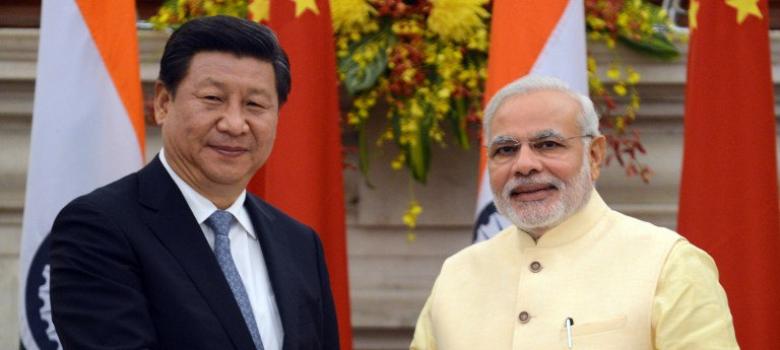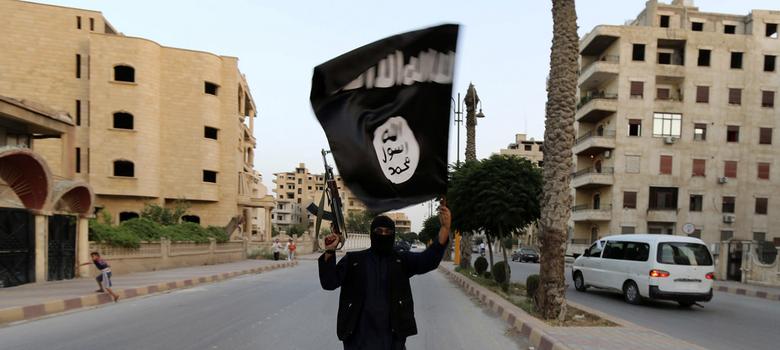July 13, 2015
Despite the European Commission’s pronouncement of a Grexit scenario having been in place, this seems unlikely. In all likelihood it will be the euro that will suffer more and possibly fall apart if Greece exits in one way or another
When Greece’s governing and also radical leftist party, Syriza, won the Greek elections on January 25, 2015, it formed a coalition with the 13-seat nationalist Anel Party the next day after falling two seats short of the 151 seats needed to form the government on its own. But ever since the formation of the government, the world has been watching the developments as it has been in negotiations with the European Commission (EC), the European Central Bank (ECB) and the International Monetary Fund (IMF) —better known as the Troika.


